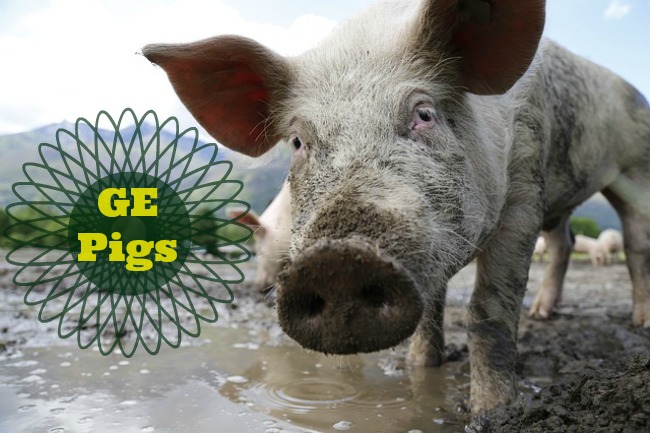Public Release:
Viruses, too, are our fingerprint

Credit: Veikko Somerpuro / University of Helsinki
A group of researchers from the University of Helsinki and the University of Edinburgh have been the first to find the genetic material of a human virus from old human bones. Published in the journal Scientific Reports, the study analyzed the skeletal remains of Second World War casualties from the battlefields of Karelia.
Upon infection, many viruses remain in the tissues and their DNA can be analyzed even decades thereafter. Although their genetic material has been found in many organs, the researchers show that viral DNA is also present in bone.
"Human tissue is like a life-long archive that stores the fingerprint of the viruses that an individual has encountered during his or her lifetime," describes Klaus Hedman, professor of clinical virology.
The finding has important implications since bone is most likely to be preserved after death, thus opening the door to the study of the viruses that caused infections in the past. In a publication in Scientific Reports, the researchers show that this is indeed the case. They document the presence of parvovirus DNA in the bones of Finnish World War II casualties who remained exposed to diverse climatic conditions in former Finnish, current Russian territory, until recent years when they were repatriated to their homeland.
Read More Here



